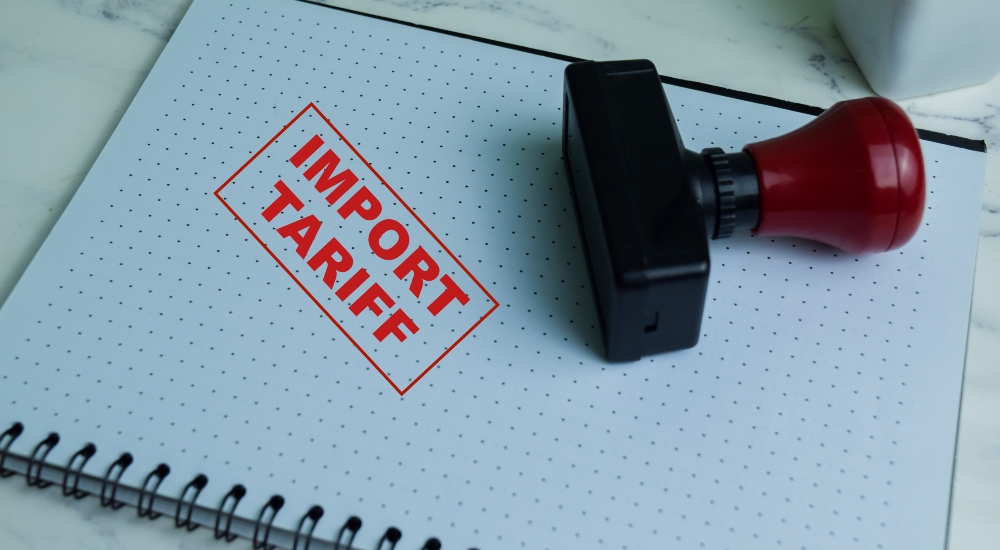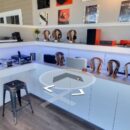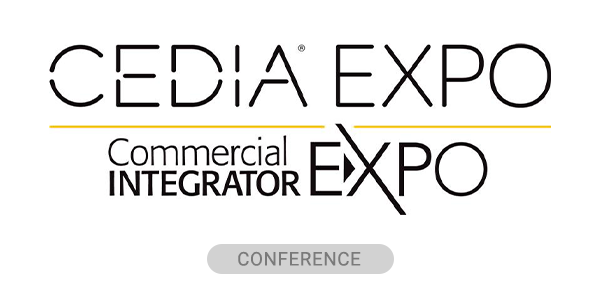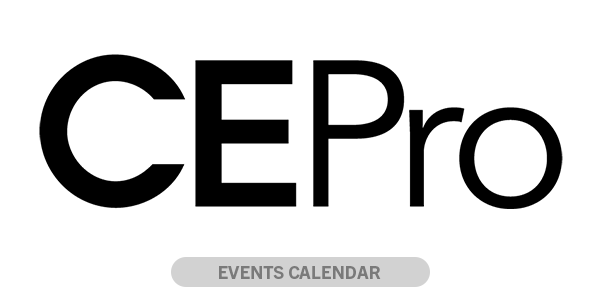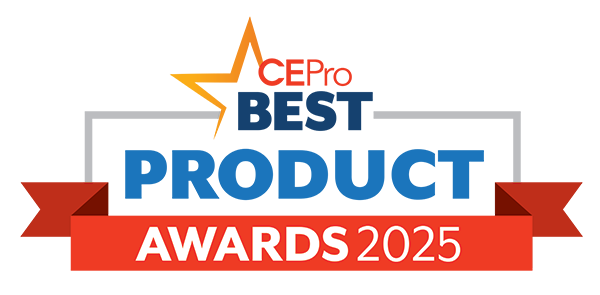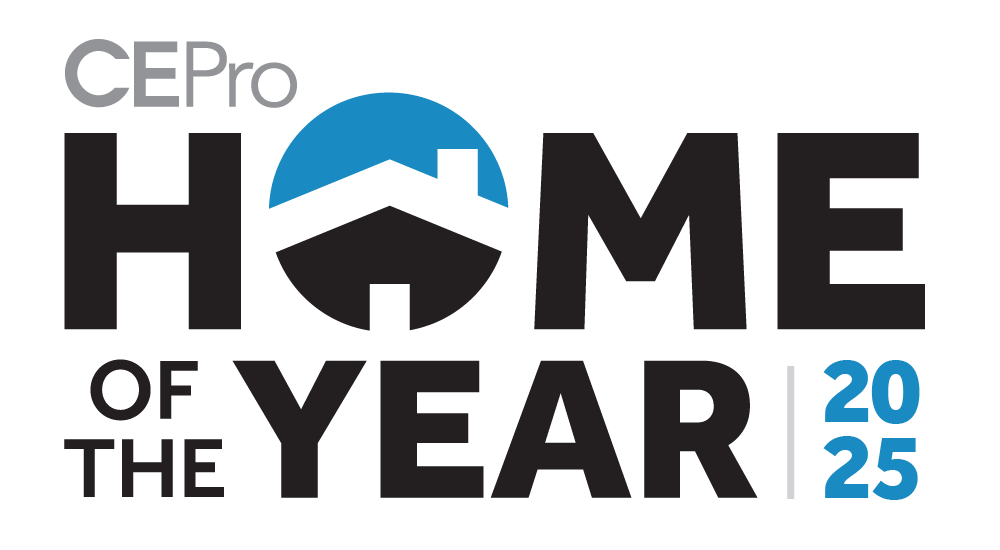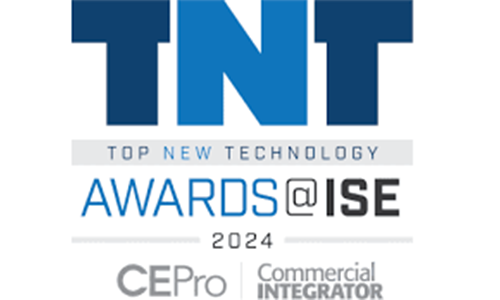Custom integrators have had to weather storms on all fronts over the years, whether it be the housing crash, speculative recessions, actual recessions, supply chain mitigation, technology fads, technology accelerations, labor shortages, building costs, global strife, and of course, a pandemic.
Now we’re staring at a tariff situation that’s sparked a veritable trade war whose outcome is very much in doubt. We’ve spun the Price Is Right wheel and are crossing our fingers for a favorable result. But as of this writing, the roller-coaster of economic activity and market confidence don’t seem likely to change much in the near term.
So, what can integrators do to tackle the potential issue of raising prices? And what can manufacturers do, if anything, to help?
Home controls provider URC shared an email to its certified dealers penned by Founder & CEO Chang K. Park:
“As you know, most of the consumer electronics we use are produced in China, so these tariffs will significantly affect our industry. I am confident that both sides will eventually reach an agreement and tariffs will be reduced. However, I fear it will not be until both sides have experienced significant economic pains.
“Regardless of the outcome of tariff negotiations, I want to assure you that I will not increase our price and will absorb the current tariffs.”
Related News: Single-Family Starts Continue to Cool in April Amidst Tariff Routs
He noted that URC has raised prices only once in the past 12 years during the shortage of raw materials following the COVID pandemic.
Crestron sent an email detailing that effective May 1, 2025, a 5% tariff surcharge would be added to all invoices issued. The surcharge will be applied to the total gross amount of all hardware items on each invoice prior to any discounts, sales tax, or shipping charges.
“We believe this approach also simplifies our ability to adjust surcharges as tariffs are reduced or removed,” says Crestron Chief Sales Officer John Clancy. “Things are fluid right now, and we intend to stay nimble, proactive, and transparent.”
National integrator Daisy also suggested a 5% tariff surcharge be instituted immediately by fellow dealers with a twofold purpose — cost recover and customer transparency.
“If you try to pass along price increases after their implementation or announcement, we fear that we will never catch up to the pace of the price increases and lose profit margin in the process,” according to the Costa Mesa, Calif.-headquartered company.
“Rather than hidden price hikes, a tariff surcharge provides a structured, upfront approach to cost adjustments, ensuring fairness and clarity in pricing.”
Avi Rosenthal, managing partner at industry consulting firm BlueConnect Partners, addressed the issue around uncertainty whether a given shipment will be tariffed — and, if so, by how much. He told CE Pro sister publication Commercial Integrator that in some cases, importers don’t find out until the container reaches our border.
“The good news/bad news here is, there’s no appeals process,” Rosenthal says. “So, if you receive a shipment that’s been under-tariffed, there’s no way to go back and say, ‘There’s a mistake.’ The same way, if there’s a shipment that’s been over-tariffed, it’s very difficult to go back and try to recoup that money.”
Have you started your communications strategy to clients yet?
Keep Reading:
Catch up on last month’s Ed Note
Still in the dark on tariffs? We got you covered with our general purpose tariff guide
Or hear how some buying groups are reacting to the most recent volley of tariffs
